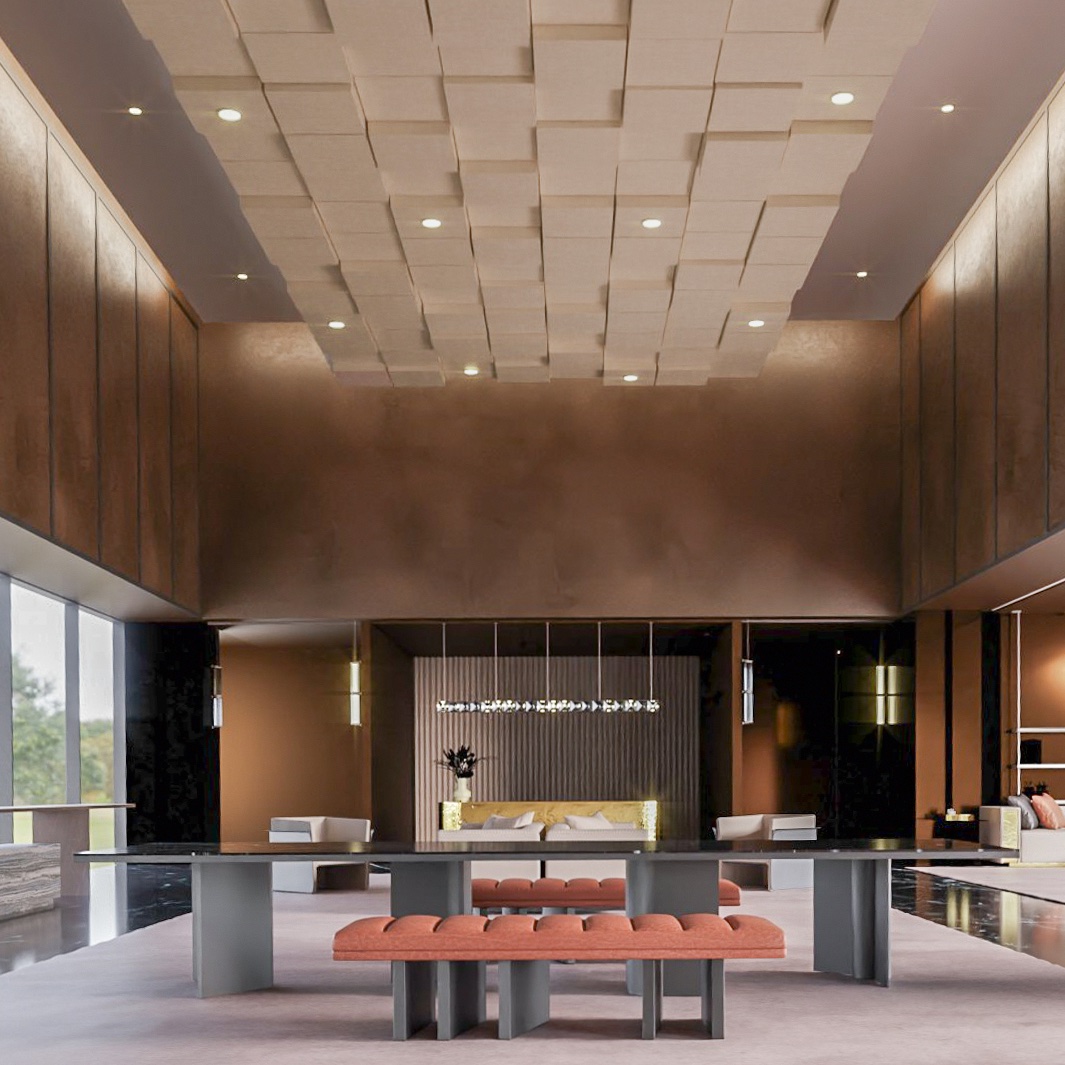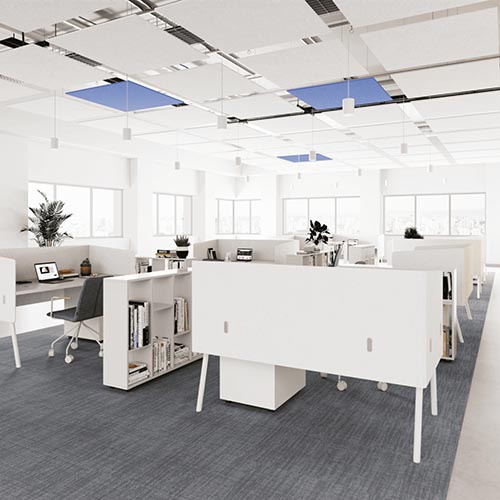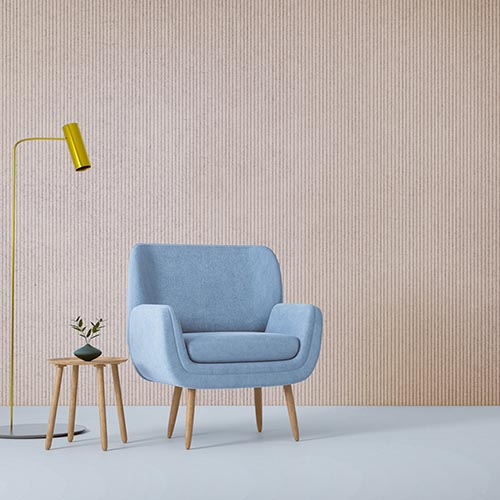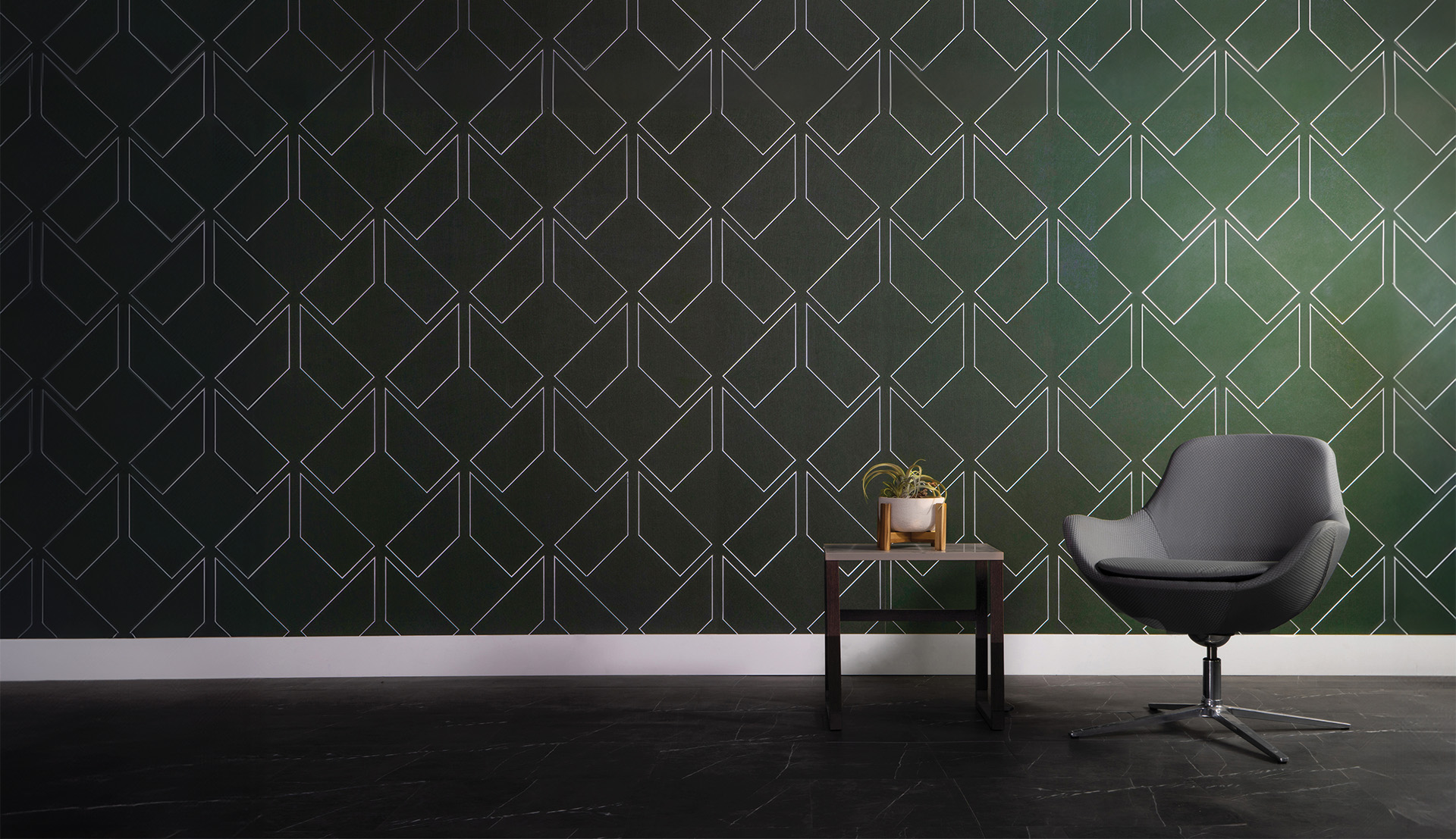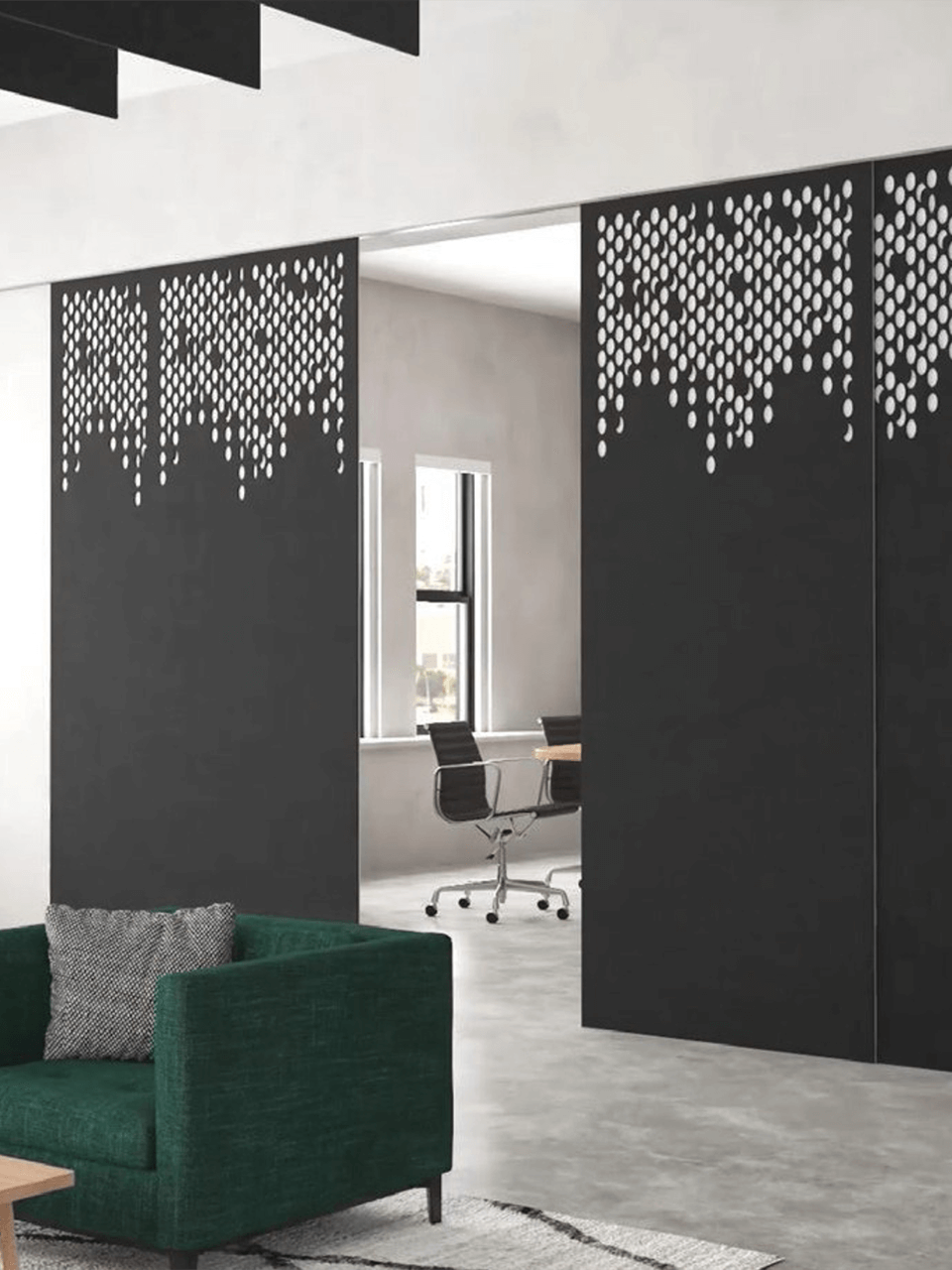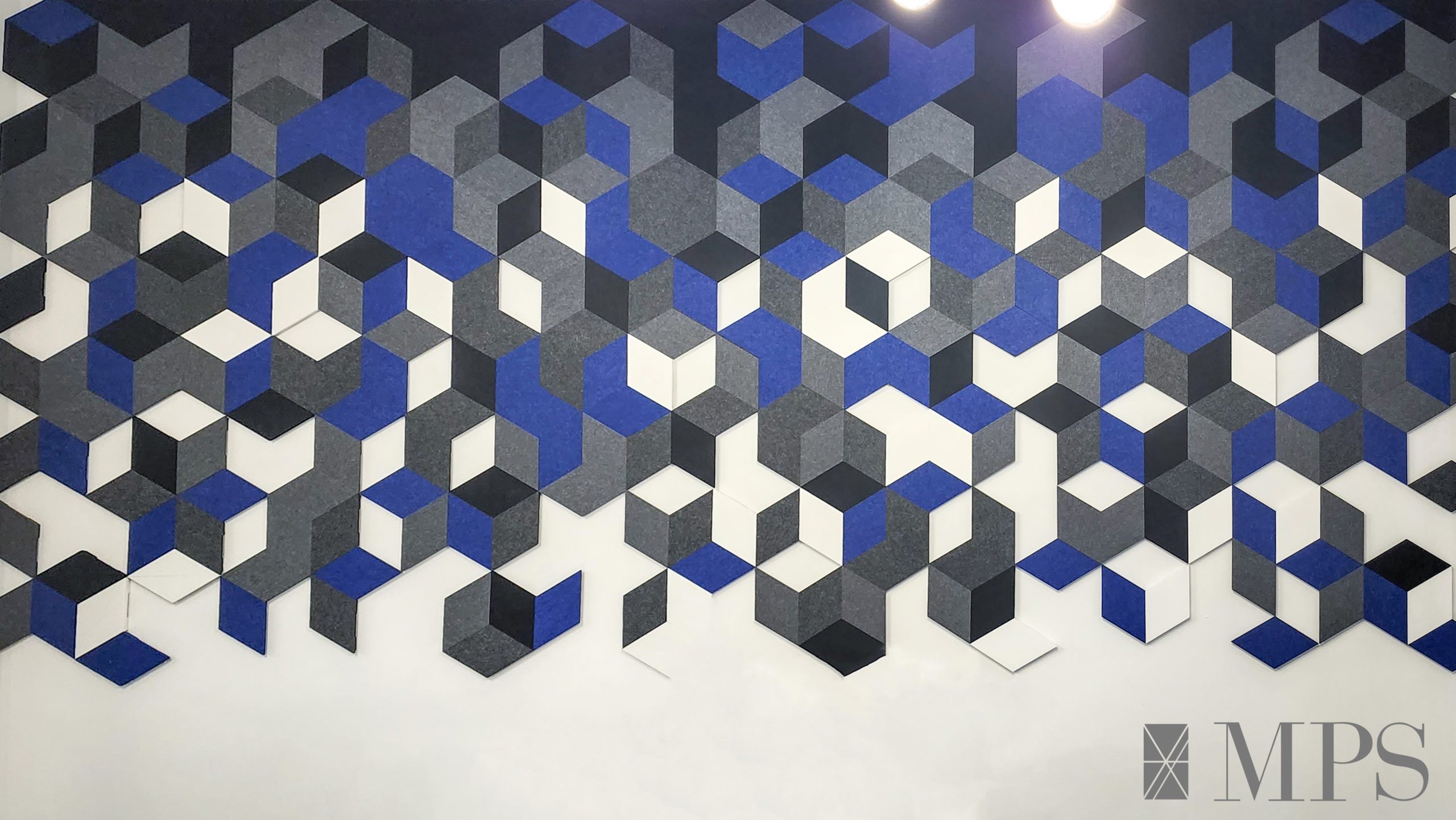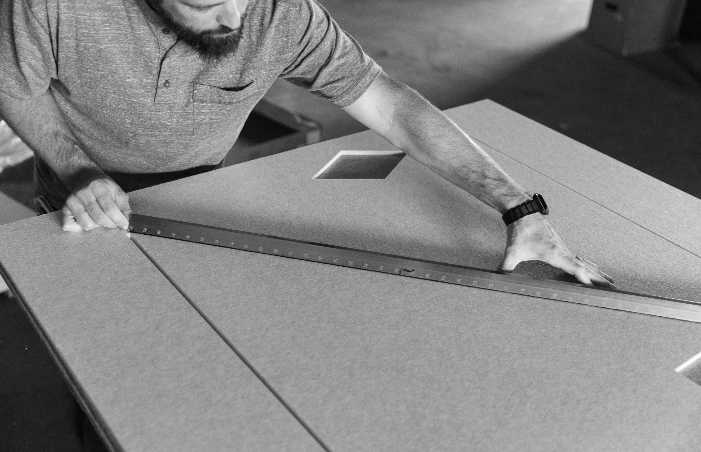The modern open office is here to stay. From the first truly “interior designed” space by Frank Lloyd Wright in 1939 to the modern glass-and-exposed brick converted warehouses, open offices have been the norm for a long time, and the consistent focus on worker productivity has always had flexibility in mind.
All too often, though, modern spaces maximize aesthetics and the savings on space per worker without taking into account the privacy needs of modern workers. Studies show that workers need visual and acoustic privacy to do their best work, and designers leave these privacy elements out at their own peril.
How to Achieve Speech Privacy in Open Office Spaces
Beautifully designed offices frequently turn into acoustic nightmares, but by using the right mix of tools, we can help make sure you get the highly functional, high-ROI space you’re looking for!
Treating an acoustic environment sounds complicated. It doesn’t have to be. In fact, it’s as simple as knowing your ABCs.
The ABC’s of Speech Privacy
- Absorb – using acoustic panels or dividers can absorb distracting sounds as well as cut down on visual distractions.
- Block – installing partitions can reduce both acoustic and visual distractions.
- Cover – adding a source of unstructured, low-level background sound with a modern, adaptive sound masking system can cover distracting noise and increase speech privacy.
“The ABC’s” is a convenient and memorable acronym of three components that perform best when combined in some form to achieve an acceptable level of speech privacy to improve workplace productivity.
Adding absorptive acoustic panels to walls reduces noise levels in open spaces, reducing stress and increasing workers’ ability to focus on the task at hand. Adding hanging acoustic panels provides visual privacy between teams without the financial or aesthetic cost of physical walls. Finally, adding intelligent sound masking can reduce the range at which one workers’ discussions are overheard and understood by coworkers in the same space, significantly reducing the “radius of distraction.”
Open office spaces are designed to be flexible, multifunctional spaces in which teams can collaborate while other workers can do focused work. In order to accomplish both of these goals in the same space, extra attention must be paid to visual and acoustic privacy. Contact us today to discuss a holistic privacy solution for your space that takes into account all of the ABCs!
How Much Are Distractions Costing You?
Among professional researchers who have studied the productivity of office-based information workers for decades, it is now universally accepted that conversational distractions are the biggest cause of lost productivity in open workplaces. Therefore they are the most important factor to limit and control.
Let’s look at the facts from recent studies:
- 75% of employees in one study rated workplace acoustics as the worst aspect of their office environment.
- Reduced productivity: Sound expert Julian Treasure reported that there is a 66% drop in productivity in open offices.
- Stress: According to the National Institute for Occupational Safety and Health (NIOSH), noise is the main contributor to workplace stress. A Cornell study says that the uncontrollability of sound makes it stressful.
- Employee disengagement: Stress eventually leads to employee disengagement. 71% of employees are not engaged.
- High turnover rate: Stress and disengagement cause up to 40% of workers to seek employment elsewhere. Increased absenteeism and error rate: With the best and brightest employees leaving and the remaining disengaged workers, employees tend to have more errors and sick days.

